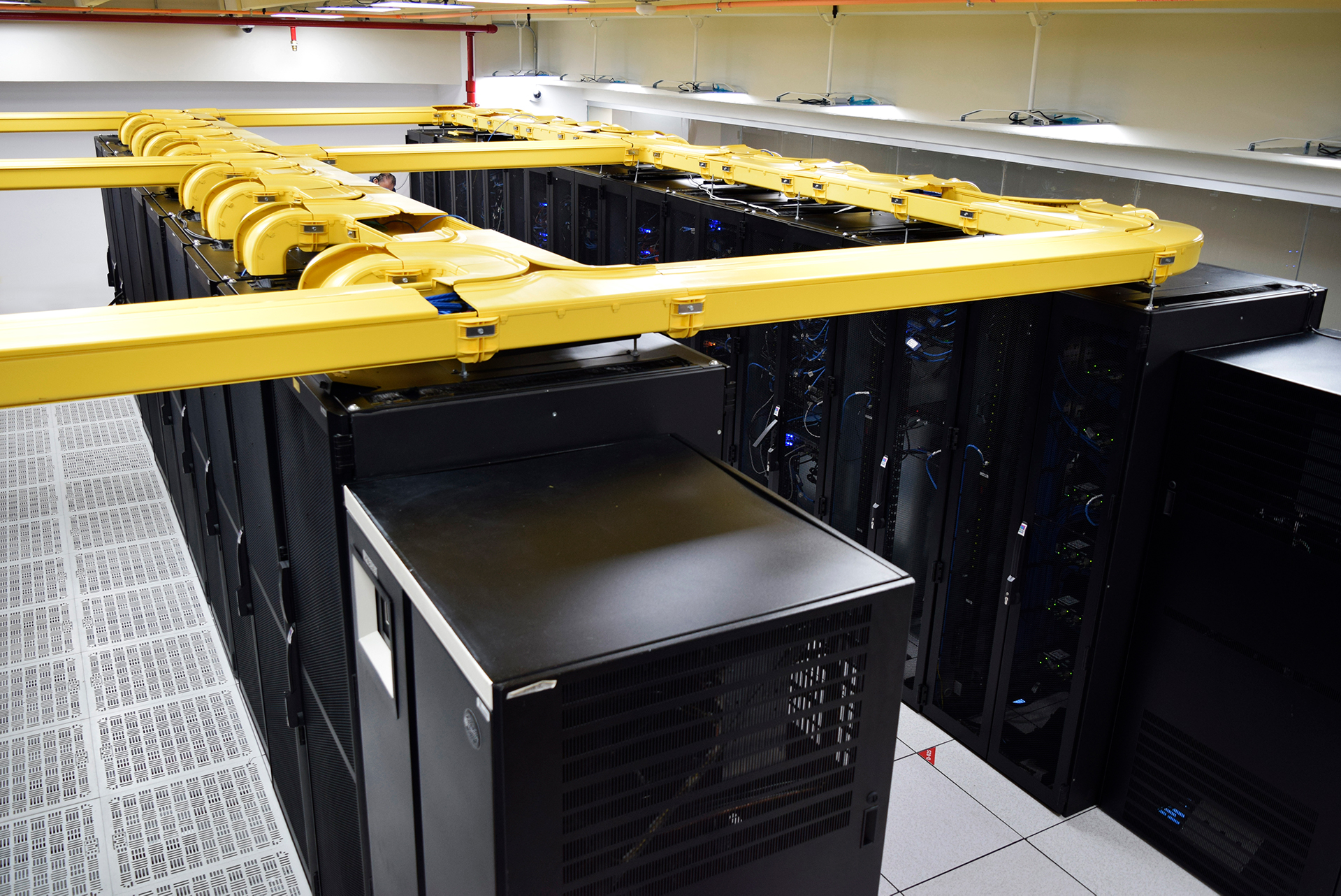Media companies entire business is about creating or acquiring content, manipulating it, managing it, archiving it and distributing it. It sounds so simple – but, of course, it’s not. And for this, the content/media asset management system have become the beating heart of the businesses. The overriding question is: “How can I ensure I efficiently extract the maximum value from my media assets and content?”. In this comprehensive article, at VSN we take some time to review it.

Today, almost everyone is familiar with the phrase “Content is king”. Not so many people know, however, that the phrase was invented by no less a person than Bill Gates in 1996, in which he describes the future of the Internet as a marketplace for content.
How prescient he was! Content is everywhere – and consumers have a voracious appetite for it. Businesses too. For consumers, it’s about everything from instructional videos on YouTube to podcasts – and, of course, entertainment. Content is perhaps the single biggest asset that any broadcaster has. It is the value on which companies like Netflix have grown from zero in 1997 to an astonishing $16 billion.
And: it’s not just broadcasters. Content owners, news agencies, public institutions, universities and so on – all have content that has inherent value.
The content lifecycle
In fact, if you think about it, a media companies entire business is about creating or acquiring content, manipulating it, managing it, archiving it and distributing it. It sounds so simple – but, of course, it’s not.
Content almost exclusively comprises media – but of innumerable types, from news archives to soap operas, from advertising to stock footage. Many individuals with different responsibilities within an organisation will ‘touch’ the content – and, in today’s distributed/remote world, those individuals are unlikely to be located in the same place. Content needs to be archived such that it’s easily accessible yet secure (a good permissions/rights management system is essential) – and efficient. Distribution was once to a simple TV screen – but no more: today, more than half of us consume content on our smartphones. And: where once content was exclusively linear in delivery, consumers now require it to be available on demand.
Given how fundamentally important these media assets are to broadcasters, choosing a way of managing them requires very careful consideration. The content/media asset management system is the beating heart of the business. The overriding question is: “How can I ensure I efficiently extract the maximum value from my media assets?”

Scalable, upgradable
First and foremost, the chosen system should be open – easily able to interface with the multitude of other systems within the organisation. That openness will also make the system more scalable, and facilitate future upgrades and enhancements as business needs change and technology develops. AI, for example, has significant potential to transform media asset management.
And, as no two organisations are the same, it should also be simple and straightforward to customise for specific business needs.
The optimum asset management system should allow the simple insertion of the comprehensive metadata that ensures content is easy to find and associate with other content. (And, if automatic extraction of certain types of metadata from a file, such as duration or format, is possible – so much the better.) How easy is it to search for the content you need? There is perhaps no aspect of an asset management system more important than how it handles metadata, if the value in content is to be unlocked. More information on VSN’s work in metadata can be found here.
The ideal system will also facilitate not only content management, but also process management as organisations look to streamline, optimise and sometimes automate their workflows.

There are many, many other questions that a prospective buyer of a media asset management solution should be asking – such as whether the proposed solution can handle transcoding? How adept is the system at cataloguing? You’ll find a very useful white paper here that provides you with far more ideas on the subject.
Specifically, you might want to ask a supplier:
-
- With your solution, is it easy to distribute files once they are catalogued and archived?
- Is your solution capable of being simply yet powerfully integrated into third party systems?
- Does your solution feature AI to ease and speed the workflow?
- And speaking of easing and speeding the workflow – does your solution provide automatic metadata detection and cataloguing?
- Is your solution web-based?
We think there’s only one solution that can answer “yes” to all those questions – and that’s VSNExplorer MAM.
Back in 1996, Bill Gates may not have foreseen the rise of social media influencers or cat videos. He may not have predicted the advent of fake news either. But when he foresaw that the future was all about the value of content, we can perhaps forgive him for those omissions.